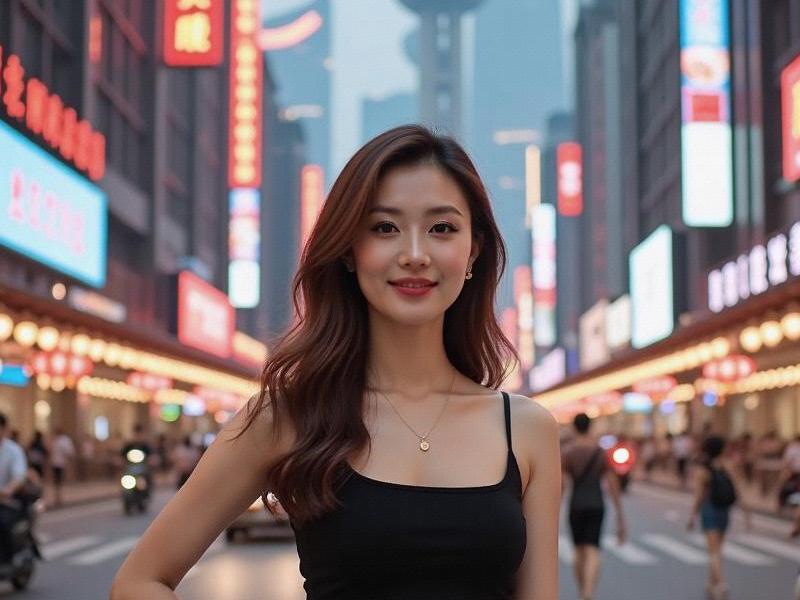Neon Renaissance: Shanghai's Entertainment Clubs Navigate Post-Pandemic Transformation
⏱ 2025-05-29 00:36 🔖 上海龙凤419
📢0℃

Section 1: Market Overview
Current Landscape:
- 5,200 licensed venues (18% growth since 2022)
- ¥62 billion annual revenue (2025 projection)
- 85% concentration within Inner Ring Road
- Average venue capacity expanded to 800 sqm
- Employment of 95,000+ workers
Section 2: The New Club Hierarchy
1. Ultra-Luxury Tier (25% market share)
- ¥20,000+ minimum spends
- International celebrity appearances
- Bespoke cocktail programs (¥12,000+ drinks)
上海贵族宝贝龙凤楼
2. Concept-Driven Venues (45%)
- Retro 1920s Shanghai jazz clubs
- Cyber-futuristic themed lounges
- Literary-inspired mixology concepts
3. Business-Entertainment Complexes (30%)
- Integrated KTV/meeting facilities
- Multilingual hostess services
- ¥8,000/hr VIP negotiation rooms
Section 3: Regulatory Environment
2025 Policy Framework:
上海品茶网 - Mandatory facial recognition systems
- Revised alcohol service limits (4 drinks/2 hours)
- "Cultural appropriateness" training requirements
- 3:00am closing time (extended from 2:30am)
Section 4: Demographic Shifts
Client Profile Changes:
- Female patrons now 52% (up from 38% in 2019)
- Average age declines to 27 (from 33 pre-pandemic)
- 68% cite business networking as primary purpose
- "Experience economy" driving premium services
Section 5: Ancillary Economic Impact
上海龙凤419
Secondary Markets:
- ¥22 billion in complementary services
- Luxury transportation rentals (¥6,000/night avg)
- 90,000+ indirect employment positions
- 38% of venue revenue from non-beverage sources
Section 6: Future Projections
2026 Development Trends:
- Augmented reality hostess platforms
- NFT-based membership systems
- Sustainability certification programs
- Potential 24-hour zones in Huangpu District
Shanghai's entertainment clubs continue to set benchmarks for urban nightlife, blending Chinese hospitality traditions with global luxury standards while navigating an evolving regulatory landscape.
Shanghai Beauties: An Urban SafariKeywords: Shanghai, Urban Safari, Beauty, City Life, Cultural Heritage, Modern Architecture, Nightlife, Shopping, FoShanghai's Dual Identity: Preserving Heritage While Building the FutureThe Glittering Nightlife of Shanghai: Where East Meets West in Entertainment ExcellenceSilk & Silicon: The Dual Identity of Shanghai's Modern WomenThe Yangtze River Delta Megaregion: How Shanghai and Its Neighbors Are Redefining Urban Development in China《梧桐树下的城市密码:上海衡复风貌区百年叙事》霓虹灯影里的海派夜宴:上海娱乐会所的百年烟火与文化新生Neon Renaissance: How Shanghai's Elite Clubs Are Redefining NightlifeNeon Renaissance: How Shanghai's Elite Clubs Are Redefining Nightlife CultureThe Silicon Bund: How Shanghai Became China's Unexpected Tech Powerhouse

